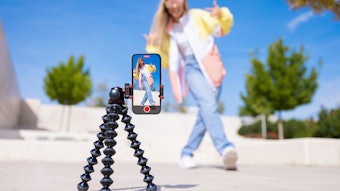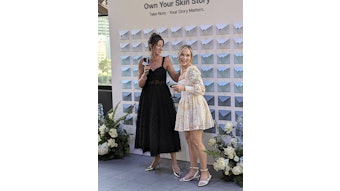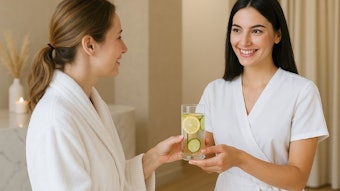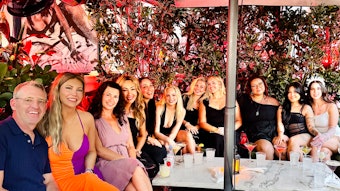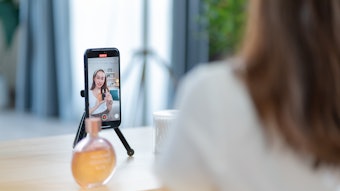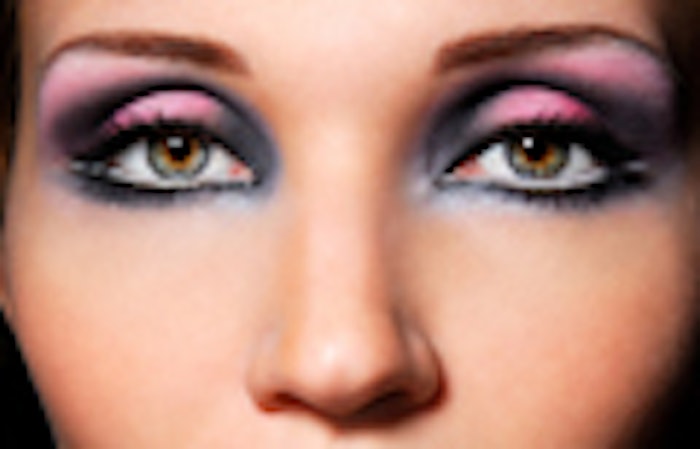
The 2008 “Age of Naturals,” The Benchmarking Company’s (TBC) latest consumer-based beauty research Pink Report, disclosed that women respond more strongly to emotion than to scientific data. What’s new about that, one might ask? Plenty. The relatively new wave of natural/organic beauty products has a sidekick, and it’s skepticism—about “big beauty” and its seemingly harmful ingredients, about corporate social responsibility (does the beauty brand do animal testing on its products? use any parts of animals in its brushes? respect the environment and manufacture in a sustainable manner?), and about scientific claims in beauty brands, which themselves seem to demonstrate to women a lack of heart.
Emotion is Everything
A woman’s revved up skepticism doesn’t necessarily mean you should throw your clinicals out the window. Women still want to know and be assured that products work, but they want to feel passionately about a new beauty brand immediately. Just like the claims presented in “The Age of Naturals,” your ad’s headline must grab a woman’s heart and not let go until she’s on her way to her favorite beauty counter to buy your new product offering. No matter if your brand is natural, organic or traditionally made, use inspirational words that soothe or excite, but above all, make those words memorable.
Traverse the Real Woman Vs. Aspirational Tightrope
Dove’s beauty ads are groundbreaking in their depiction of women as (gasp!) real, with a few flaws. Whenever we (at TBC) survey women in a focus group or an online setting, we hear again and again that women “of a certain age” want to see women in ads that are their age, too; i.e., they want to see themselves reflected in ads that address them. To them, age sensitivity means truthfulness, and this can translate to a few more precious seconds of attention for your ad. It’s a fine line though, as women are always attracted to the aspirational model image, no matter what we say. Walk it carefully. If you’re aiming at the 35+ market with your product, it would behoove you to test your ads using both an aspirational model and a more age-appropriate model, to see which one women respond to better. You might be surprised at the result.
To continue reading this article, please click here. You will be redirected to GCI magazine's Web site.
